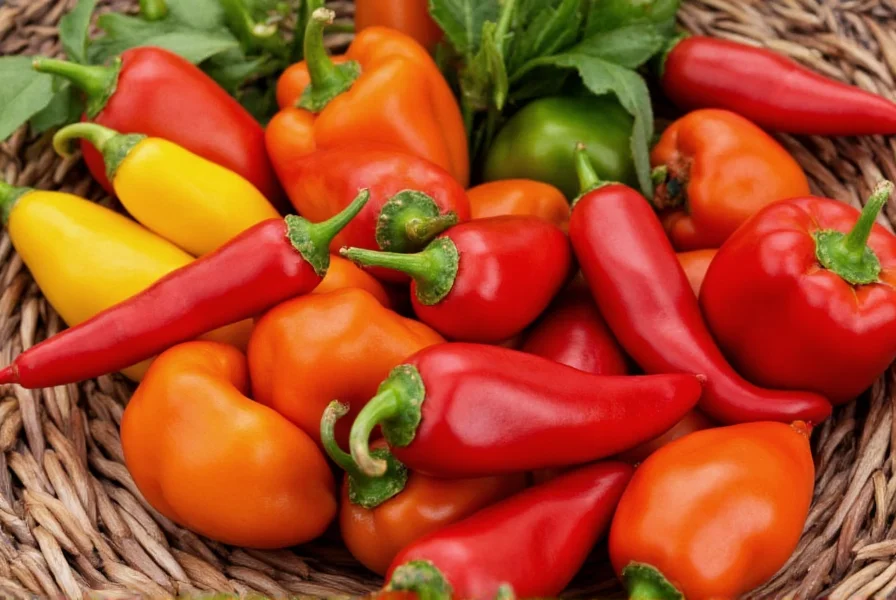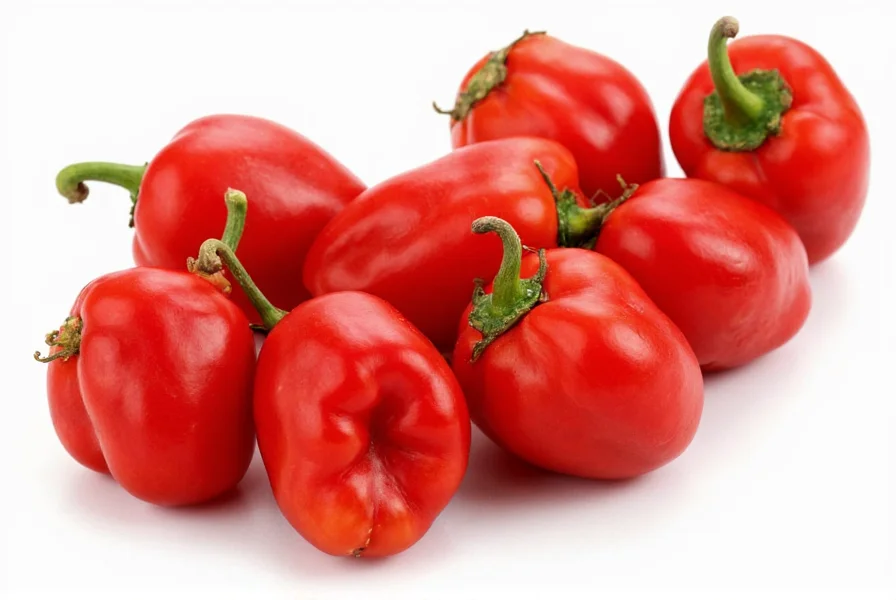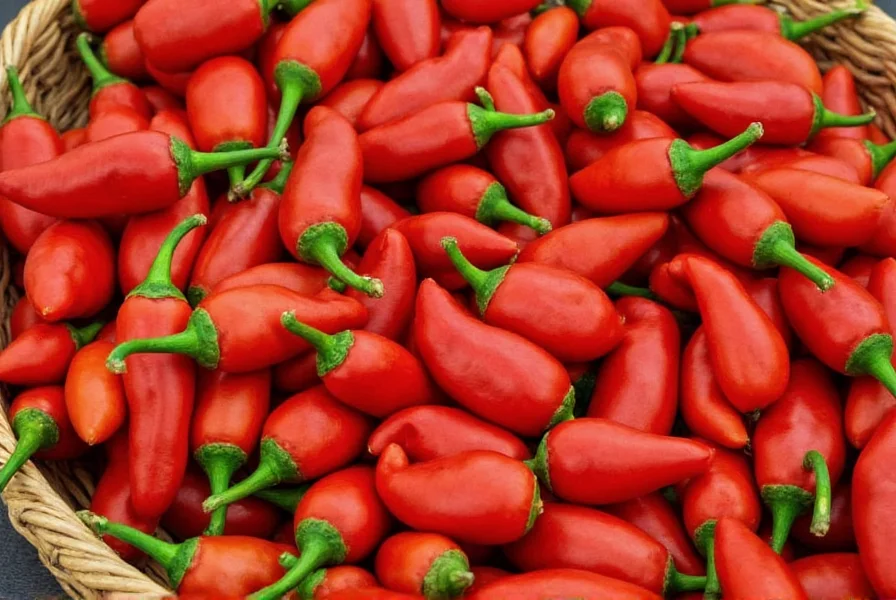Paprika's journey from Mesoamerican fields to global kitchen shelves represents one of history's most fascinating spice migrations. This vibrant red powder, now synonymous with Hungarian cuisine, actually began its story thousands of miles away in the tropical regions of Central America. Understanding paprika origin requires examining both its botanical beginnings and its cultural evolution across continents.
The Mesoamerican Beginnings
Long before European contact, indigenous peoples in what is now Mexico cultivated various forms of Capsicum peppers. Archaeological evidence shows chili pepper domestication dating back to 5000 BCE in regions like Puebla and Oaxaca. These early cultivars were the botanical ancestors of modern paprika. The Aztecs and Mayans used these peppers extensively in their cuisine, medicine, and even religious ceremonies. When Spanish conquistadors arrived in the early 16th century, they encountered these vibrant red peppers and quickly recognized their potential.
Transatlantic Journey and European Adaptation
Spanish explorers brought Capsicum seeds back to Europe following Columbus's voyages. Initially met with suspicion, these 'peppers' gradually gained acceptance across the continent. Portuguese traders then spread them to Africa and Asia, while Spanish missionaries introduced them to Hungary via the Ottoman Empire in the 16th century. This historical route explains why paprika origin spans multiple continents rather than a single location.
Hungarian farmers began cultivating these peppers in the 19th century, selectively breeding varieties specifically for drying and grinding into powder. Unlike their spicy Mexican ancestors, Hungarian growers favored milder, sweeter varieties that would become the paprika we recognize today. By the mid-1800s, the town of Szeged had established itself as Hungary's paprika capital, developing standardized production methods that continue to influence quality standards.
| Region | Key Contribution | Time Period |
|---|---|---|
| Central Mexico | Original domestication of Capsicum annuum | 5000 BCE onward |
| Spain/Ottoman Empire | Transatlantic transfer route | 16th century |
| Hungary | Development of modern paprika varieties and production | 19th century onward |
| Spain | Development of smoked paprika (pimentón) | 16th-18th centuries |
Differentiating Paprika Types and Their Regional Origins
Not all paprika shares the same historical path. The spice has evolved into distinct regional varieties:
Hungarian paprika represents the most famous variety, with eight official classifications ranging from mild édesnövesz to spicy erős. The unique climate of Hungary's Great Plain proved ideal for growing peppers with high carotenoid content, giving Hungarian paprika its characteristic deep red color.
Spanish pimentón developed separately after peppers arrived via Spanish traders. The distinctive smoked variety (pimentón de la Vera) emerged from traditional drying methods over oak wood fires in western Spain. This represents a completely different branch in the paprika origin story.
Serbian and Romanian paprika also have significant production traditions, though they generally follow Hungarian methods. Each region developed slightly different flavor profiles based on local soil conditions and processing techniques.

Modern Paprika Production and Protected Designations
Today, paprika production remains concentrated in specific regions that have earned protected status. Hungary's 'Hungaricum' designation protects authentic Hungarian paprika, requiring specific growing regions and traditional production methods. Similarly, Spain's 'Pimentón de la Vera' holds Protected Designation of Origin status within the European Union.
While commercial production now occurs worldwide, the highest quality paprika still comes from these traditional regions. The specific terroir, climate conditions, and multi-generational knowledge contribute to distinctive flavor profiles that mass-produced alternatives cannot replicate. Understanding paprika origin helps consumers appreciate why traditionally produced varieties command premium prices.
Cultural Significance Across Continents
Paprika's journey reflects broader patterns of cultural exchange. In Hungary, it became so culturally significant that National Paprika Day is celebrated on August 31st. Traditional dishes like goulash and chicken paprikash center around this spice. In Spain, pimentón defines regional specialties from chorizo to patatas bravas.
The evolution from Mesoamerican chili to European spice illustrates how food traditions transform through migration and adaptation. What began as a staple in Aztec cuisine became a defining element of Central European cooking, demonstrating how culinary traditions evolve through cross-cultural exchange.

Identifying Authentic Paprika
Given paprika's complex history, consumers should understand how to identify authentic products. True Hungarian paprika will indicate its region of origin (Szeged, Kalocsa, or the Hungarian Plain) and display the 'Hungaricum' seal. Spanish pimentón de la Vera will show the DOP certification.
The color provides immediate clues about paprika origin and quality. Authentic Hungarian sweet paprika displays a vibrant red-orange hue, while smoked Spanish varieties show deeper brick-red tones. Dull or inconsistent coloring often indicates lower quality or artificial coloring.
Frequently Asked Questions About Paprika Origin
What country invented paprika?
Paprika wasn't invented by a single country but evolved through cross-continental exchange. While the Capsicum plant originated in Central Mexico, the specific spice known as paprika developed in Hungary during the 19th century. Spanish explorers brought pepper seeds from the Americas to Europe, where Hungarians perfected the drying and grinding techniques that created modern paprika.
Is paprika originally from Hungary?
Though paprika is strongly associated with Hungarian cuisine, the plant itself is not native to Hungary. The Capsicum annuum species originated in Central America. Hungarian farmers in the 19th century developed specific varieties and production methods that transformed these imported peppers into what we now recognize as paprika. So while the spice as we know it was perfected in Hungary, its botanical origins are Mesoamerican.
How did paprika spread from the Americas to Europe?
Spanish explorers brought Capsicum seeds from the Americas to Europe in the early 16th century following Columbus's voyages. Portuguese traders then spread them to Africa and Asia, while Spanish missionaries introduced them to Hungary via the Ottoman Empire. This multi-route dissemination explains why paprika production developed independently in different European regions, with Hungary and Spain creating their own distinctive varieties and processing methods.
What's the difference between Hungarian and Spanish paprika?
Hungarian paprika typically features eight varieties ranging from mild to hot, with a focus on sweet, fruity flavors. It's made from air-dried peppers without smoking. Spanish pimentón, particularly from La Vera, is traditionally smoked over oak wood fires, giving it a distinctive smoky flavor. Spanish varieties are categorized as sweet (dulce), bittersweet (agridulce), or hot (picante). The production methods and flavor profiles represent two separate evolutionary branches in paprika's history.
Why is Hungarian paprika considered the best quality?
Hungarian paprika benefits from ideal growing conditions in the Great Plain region, with rich soil and specific climate conditions that maximize carotenoid development. Hungarian producers have refined traditional methods over generations, with strict quality control standards. The 'Hungaricum' designation protects authentic production methods, ensuring only paprika meeting specific criteria can carry the Hungarian name. This combination of terroir, expertise, and protected standards contributes to its reputation for superior quality.











 浙公网安备
33010002000092号
浙公网安备
33010002000092号 浙B2-20120091-4
浙B2-20120091-4